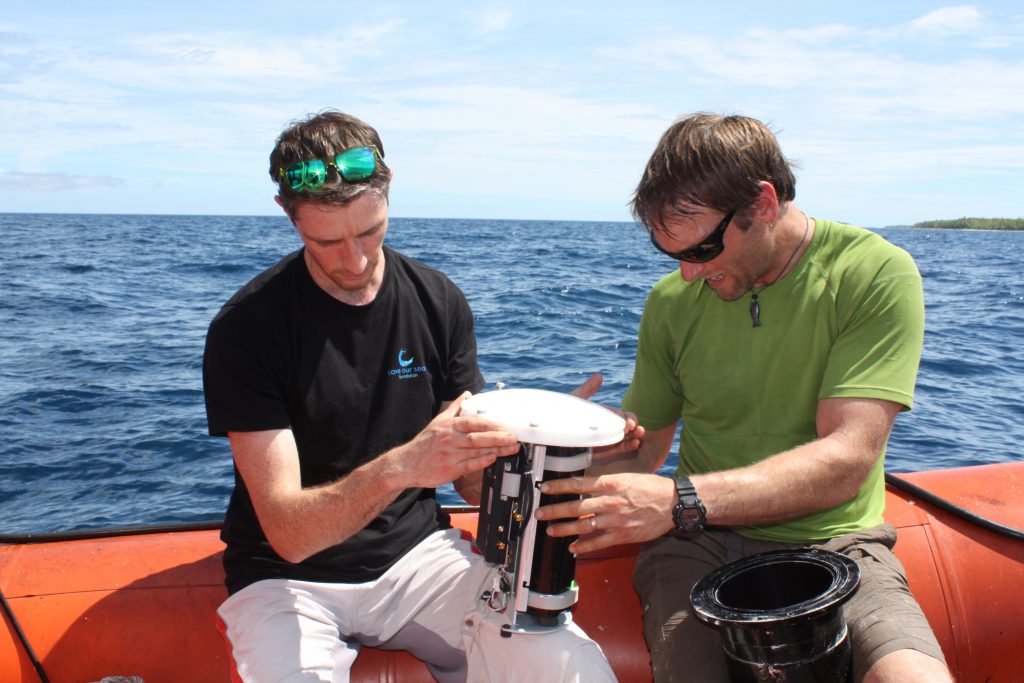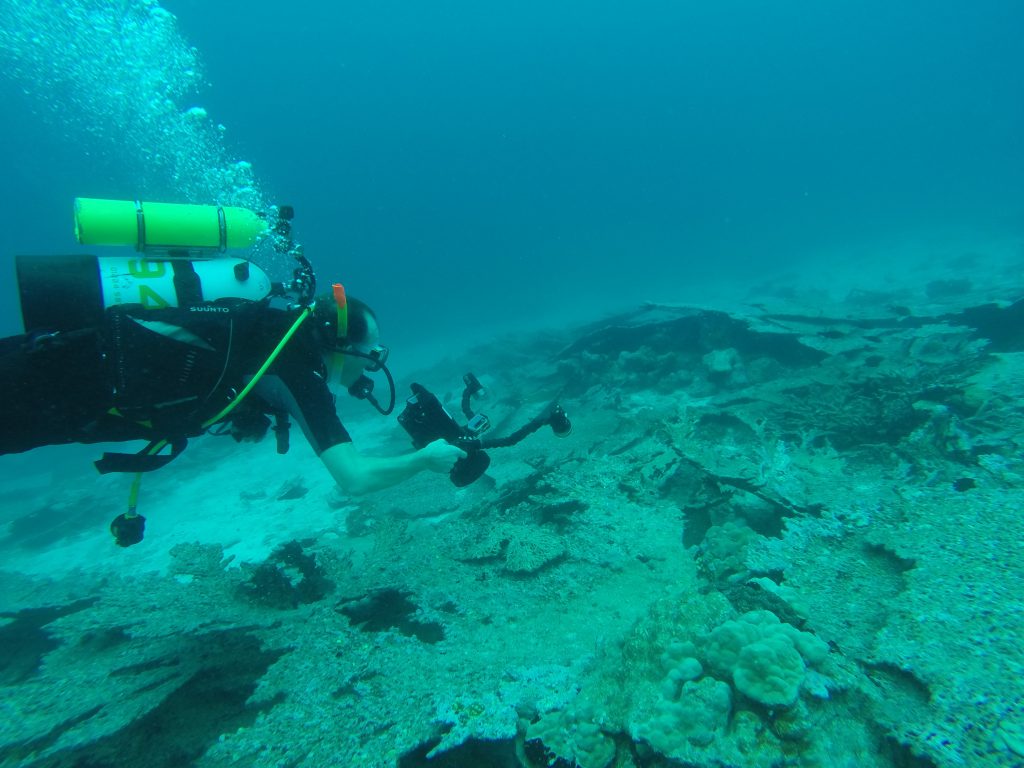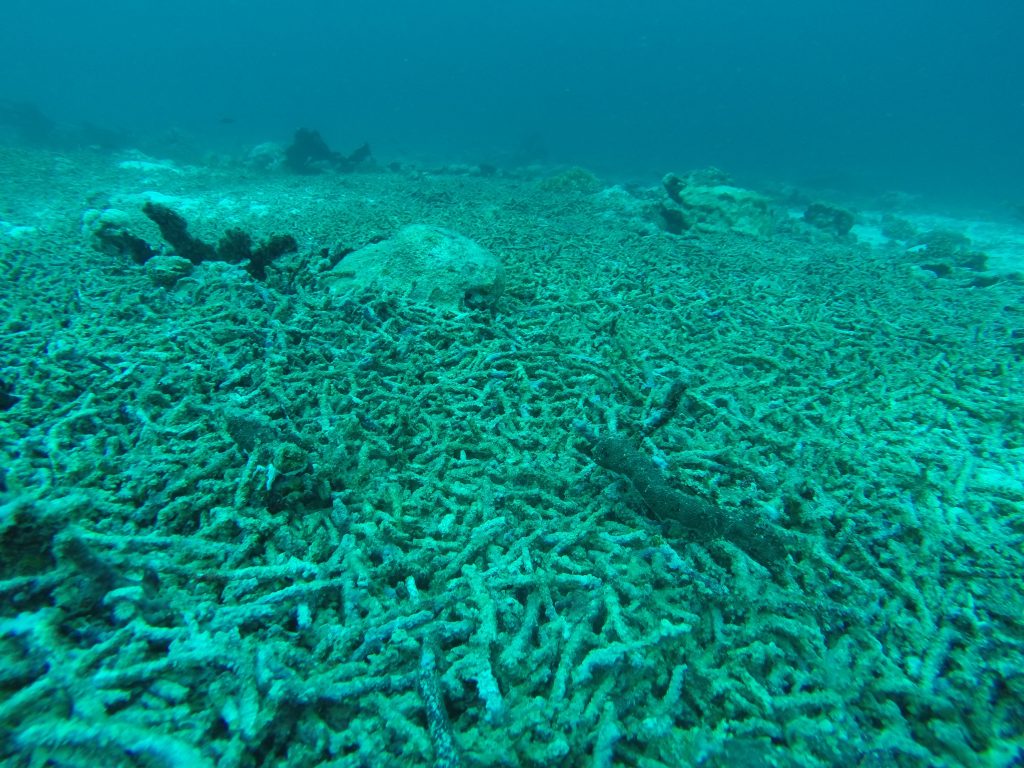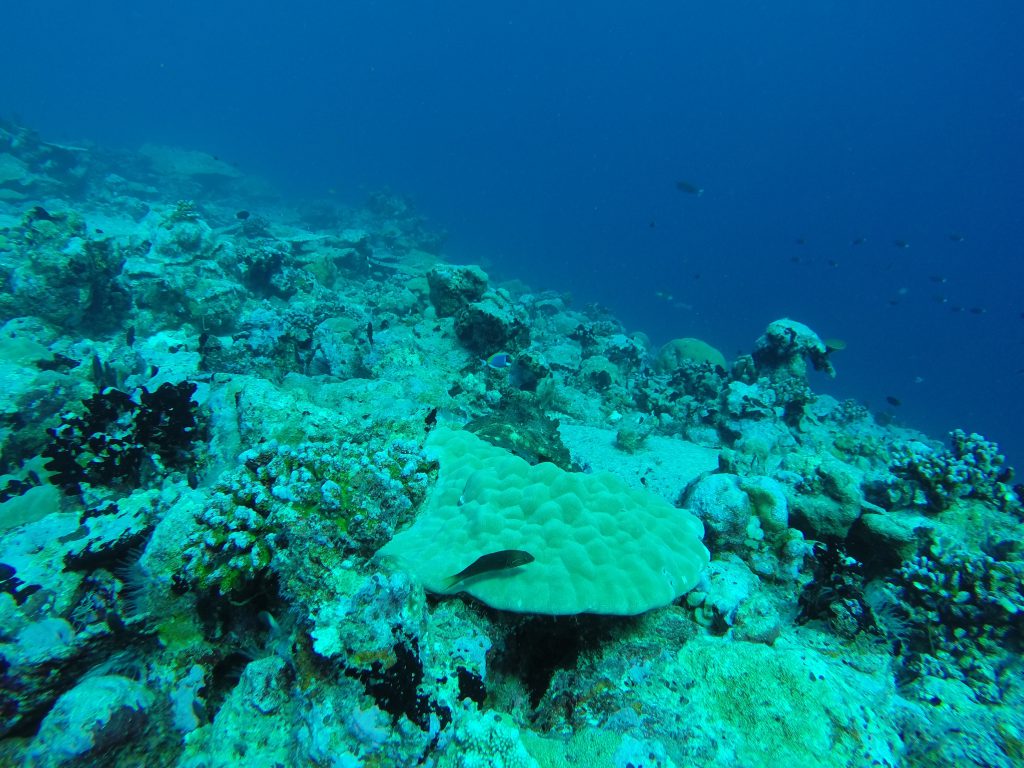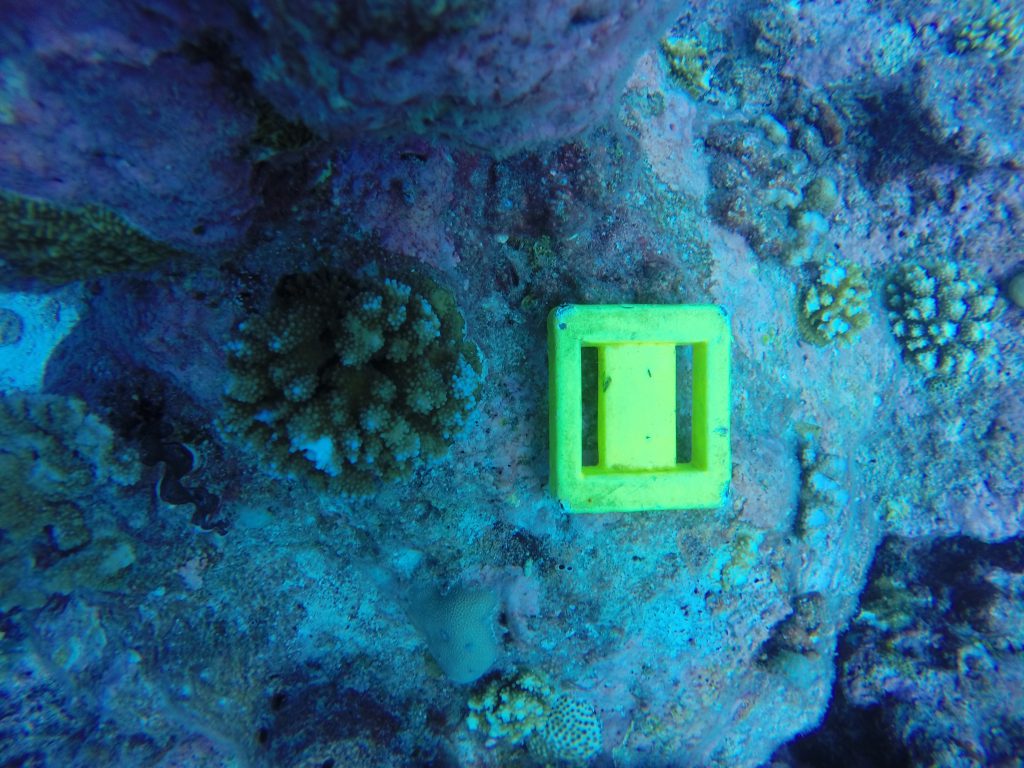President Bachelet of Chile today fulfilled a 2015 commitment to conserve the waters around Easter Island. The MPA, one of the largest in the world, will protect an area about 740,000km2, roughly the size of Chile’s land area. Announced at the close of the Fourth International Marine Protected Area Congress (IMPAC4) in Chile, the MPA will protect Easter Island from industrial commercial fishing, mining and other extractive activities within the Chilean exclusive economic zone (EEZ) that surrounds the island.
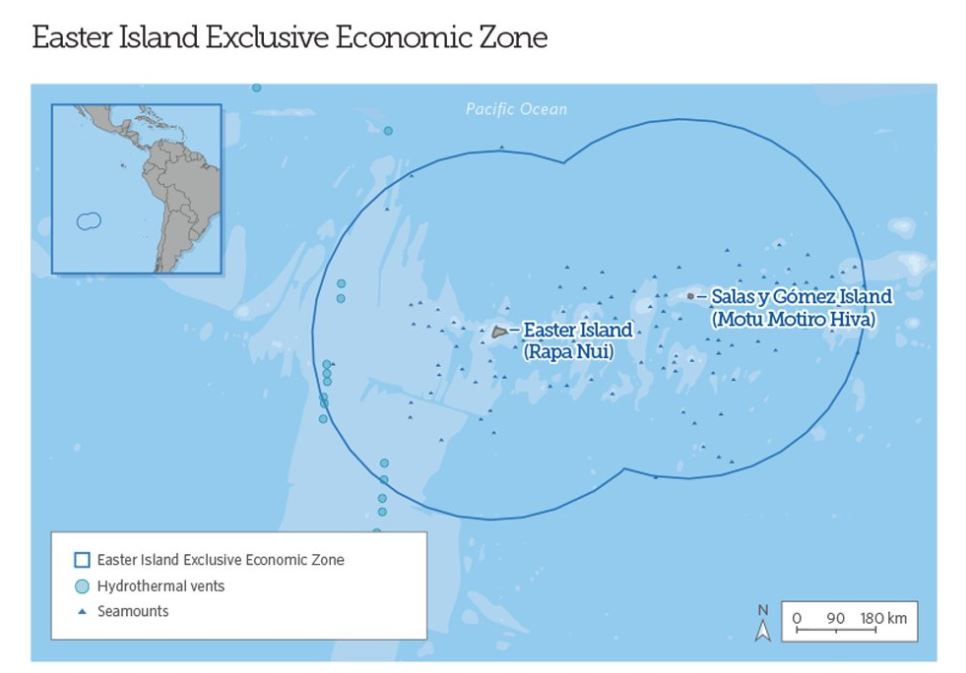
The preservation of the Rapa Nui’s artisanal fishing practices—fishing from small open boats using hand lines and rocks as weights – will be a key component of the management plans for the MPA and will help preserve the islanders’ way of life. Residents of Easter Island endorsed the designation by a wide margin in a referendum just before the start of IMPAC4; 73 percent supported an MPA that includes artisanal Rapa Nui fishing practices. An island-wide consultation, and the subsequent referendum, were a direct result of the proposal their leaders presented to the Chilean government in 2015.
Dona Bertarelli commented:
“We are delighted that President Bachelet has designated the Rapa Nui Rahui MPA, which protects one of the last true ocean wildernesses on the planet. The Rapa Nui have a heritage that is inextricably tied to the sea and we are proud to have supported them on this journey to conserve their ocean habitat for future generations.”
Marcelo Mena, Chile’s minister of the environment commented:
“Chile is proud to have worked in consultation with the Rapa Nui to create a legacy of protection for Easter Island. This decision was made after an extensive public consultation with the Rapa Nui and the MPA will be the first in Chile to have been supported by a community vote. We are grateful for the tremendous support provided by The Bertarelli Foundation and The Pew Charitable Trusts to help the Rapa Nui protect their ocean.”




